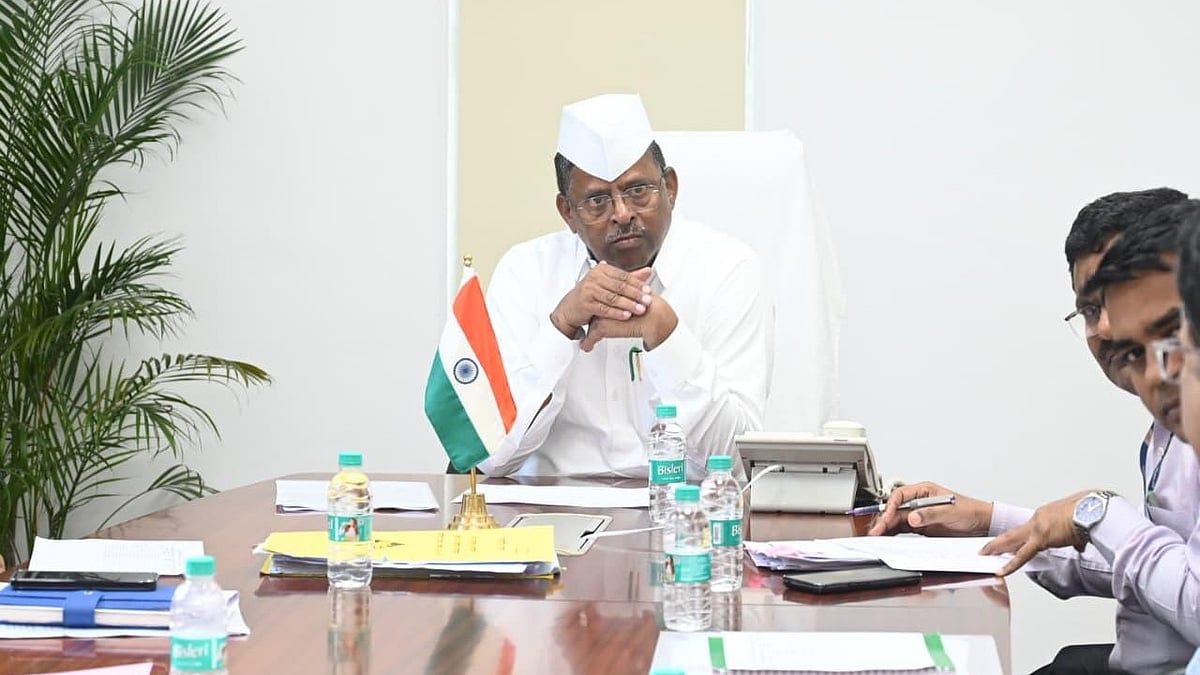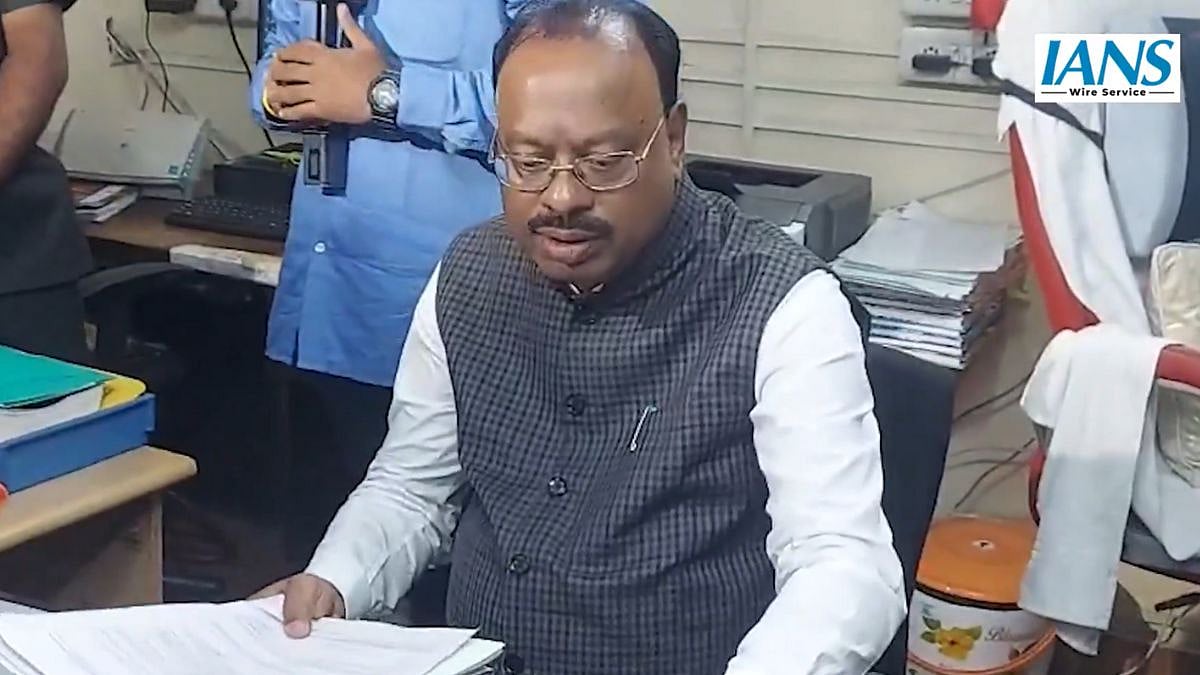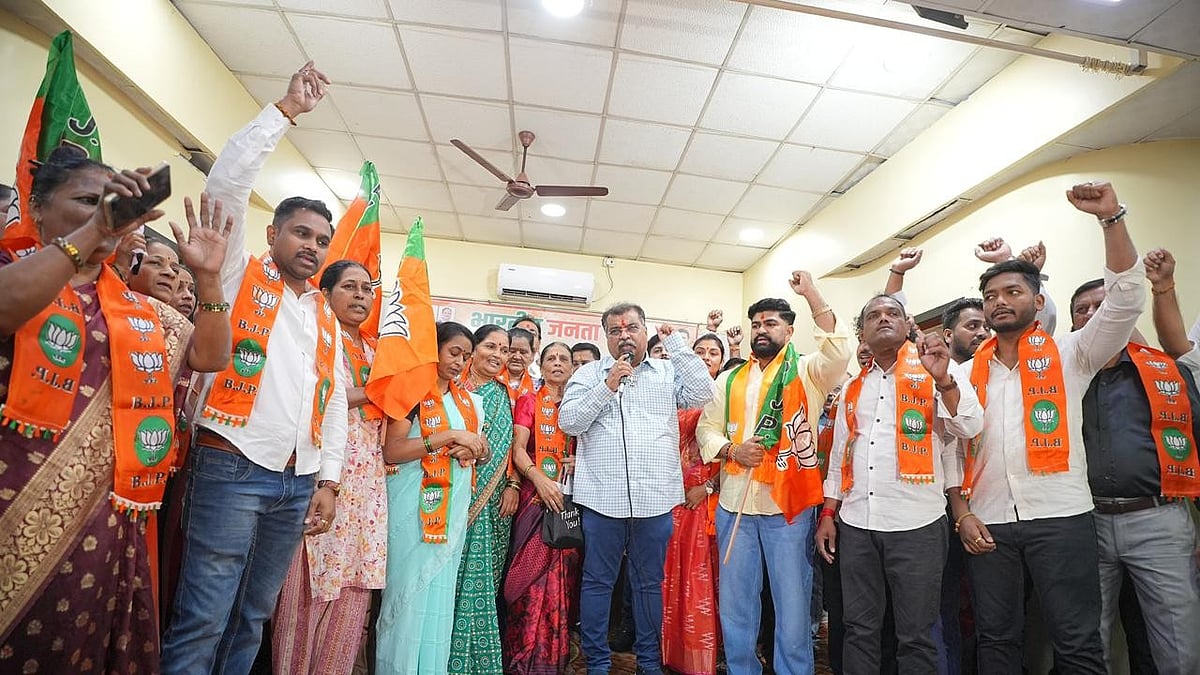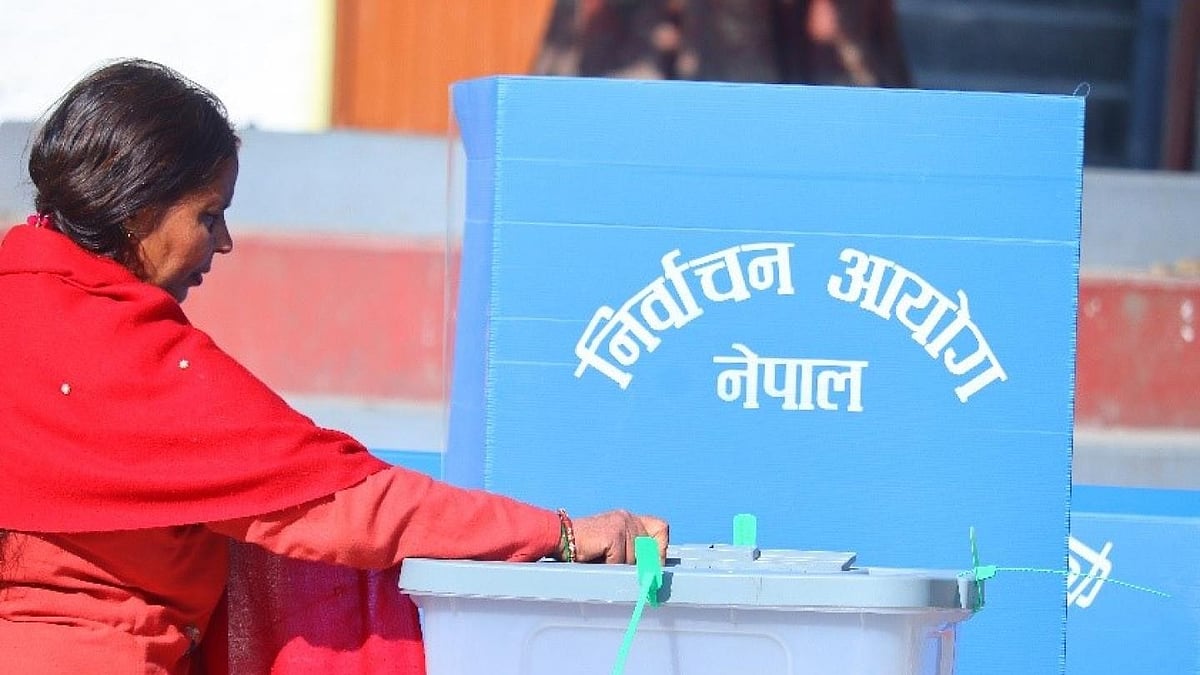With the appointment of three unknown faces as chief ministers of Rajasthan, MP and Chhattisgarh, the Bharatiya Janata Party has publicly shed whatever facade of internal democracy it had. Though a lot of theories have been circulating about the purpose behind the removal of three big leaders of the BJP in these states which have been the fulcrum of BJP’s state politics for almost two decades, the shape that the BJP has now acquired offers an interesting study. One way to read it is to call it a copy-paste from the template of the Congress from Indira Gandhi’s time, when she was the leader and the rest were her followers. Senior ministers in her cabinet and chief ministers in states were simply to follow her instructions and those who disagreed, or showed even a semblance of defiance, were unceremoniously removed and thrown into the dustbin of history.
Indira Gandhi was equally ruthless with Opposition-ruled states too. Opposition governments were dismissed on minor pretexts. This “Indira-isation” of the Congress was one of the major reasons for the decline of the Congress party. Only history will tell if the BJP is also on the same path, but I would certainly have been surprised had the BJP not walked this path. In fact, this phenomenon should be called “RSS-isation of the BJP” and it is the logical culmination of the RSS organisational praxis.
First, we must understand that the Rashtriya Swayamsevak Sangh to begin with was never intended to be a political party. It was started as a social organisation to unite Hindus and to create a “New Hindu”, one who could not be subdued by foreign aggressors like it happened in the past, first when the Muslims ruled and then the Christians. For RSS, the freedom movement led by Gandhi was only to gain freedom from the British, but in their opinion it had failed to find a permanent solution to the basic issue of why Hindus could so easily be subjugated and did not fight unitedly to defeat foreign invaders; why they allowed foreigners to rule over them for a thousand years despite being such a rich civilisation. But after Gandhi’s assassination, when the RSS was banned and its top leaders including MS Golwalkar were arrested, and it found itself helpless as no one came to their rescue, then it realised that unless they had political power, it would be impossible to achieve their civilisational mission. And thus the Jan Sangh, the earlier avatar of the BJP, was created. Its first president, Syama Prasad Mukherjee, was not an RSS member and originally belonged to the Hindu Mahasabha, but the nuts and bolts were controlled and run by the RSS volunteers. Deen Dayal Upadhyay, an RSS volunteer, was its real ideological and organisational engine.
But unlike a social movement, political parties operate in a different echo system. If a party must win elections, then it must take every section of society along and for that it has to make many compromises and adjustments. The first and major adjustment the Jan Sangh made was to evolve the concept of “collective leadership”. To address and attract the diversity of the country, it had to create a galaxy of leaders who could connect with every section of society and bring them into their fold. It was a humongous task. Jan Sangh could not replicate the RSS model of leadership and the organisation. The RSS follows the model of a strong leader who is neither challenged nor defied; his words are final, and the rest have to follow. Within the RSS parlance it is called Ek Chalak Anuvartitva (follow the leader). It is not a democratic organisation, its leader is not elected by the members; the leader nominates his successor in his lifetime, and in the selection his words are final; it is never contested. The leader continues to be the leader for life unless he decides to relinquish the job. This system is so effective that in its almost a hundred years of history, the supreme leader has never been defied and RSS till this date has not gone through the pain of division. On the other hand, the Congress has had to witness many divisions and defections.
The Jan Sangh and the BJP, despite being a political party, has followed almost the same organisational ethos and rigour. Barring a few skirmishes, the Jan Sangh/BJP has never had to face a vertical split in its organisation. It has evolved a system in which serious differences at the top are not allowed to stretch beyond a point which could lead to a vertical split, and are mostly resolved in a peaceful manner. Atal Bihari Vajpayee and LK Advani had major differences on many issues including the Ram Mandir movement, but both accommodated each other. Advani who was the architect of the Ram Mandir movement, who should be credited for the rise of the BJP, made way for Atal to become the prime minister. Though he tried to replace Atal as the prime minister later, and failed, the cohesion of the party remained intact. Though Atal was the top leader and the crowd-puller, many a time his words carried no weight — for instance about the removal of Narendra Modi as the chief minister of Gujarat.
But the dynamics changed once the BJP got an absolute majority in Parliament in 2014. One must not forget that the concept of collective leadership in the BJP was the hallmark of an era when the BJP had to offer many contradictory coverings to different sections of society. If Atal was to appeal to the liberal Hindus, then Advani was to attract those who believed in hardcore Hindutva. It was a coalition of many contradictions. But once Hindutva became the mainstream of Indian politics and Modi became its supreme leader, the concept of collective leadership outlived its utility; it was no longer required, and it gave way to the original RSS model of leadership — Ek Chalak Anuvartitva, ie, follow the leader. In this model, there is no scope for disagreement, no space for autonomy; a leader’s words are final and those who will not fall in line must face the brunt.
Modi has been slowly but surely implementing that model. In Haryana when Modi appointed an unknown political entity, Manohar Lal Khattar, everyone was surprised. He had not been anywhere in the contention for the top post in the state. Not only did he become the chief minister but continued for the second term too. A similar exercise was replicated in Himachal Pradesh, Uttarakhand, Gujarat, Maharashtra and UP. In this phase, Modi did not touch big leaders like Manohar Parrikar, Shivraj Singh Chouhan, Vasundhara Raje Scindia and Raman Singh. Because of their stature, these leaders exercised a certain level of autonomy in decision-making vis-a-vis the affairs of the state. Parrikar died young. The other three were on borrowed time. They failed to see the writing on the wall. But this time during the Assembly elections, it was clear from the word go that their days as leaders were numbered, and the power would pass to new leaders.
With the appointment of Mohan Yadav, Bhajan Lal Sharma and Vishnu Dev Sai as chief ministers, the “RSS-isation of the BJP” is complete. The days of collective leadership are finally over in the BJP. These chief ministers will act as agents of the Centre; they have to sign on the dotted line and will do whatever they are told to. This process was started long ago at the Centre when LK Advani, Murli Manohar Joshi and others were made members of the Margdarshak Mandal. Modi carefully eased out or marginalised every leader who had shown even an iota of autonomy in decision-making in his or her ministry/department or in the party structure.
The problem with Shivraj and Vasundhara is that despite spending their life in the RSS, they failed to grasp the substantive part of the RSS ideology that the leader is supreme, that there is no other way than to follow him, and that the organisation will not come to their rescue if they do not do so. Shivraj and Vasundhara should have known better. Balasaheb Deoras did not like that M S Golwalkar became the RSS chief, because he had thought that Hedgewar would nominate him as his successor. Differences became so acute between the two stalwarts of the RSS that Balasaheb and his brother Bhaurao Deoras left the RSS for seven years (1953 to 1960). It is another story that he joined it again and became the third chief of the RSS after the demise of Golwalkar. But till Golwalkar was alive, his writ was supreme and there was no challenge, and the organisation did not stop Deoras from leaving. This is the lesson that Shivraj Singh Chouhan and Vasundhara Raje Scindia should have remembered.
The writer is Editor, SatyaHindi.com, and author of Hindu Rashtra. He tweets at @ashutosh83B










